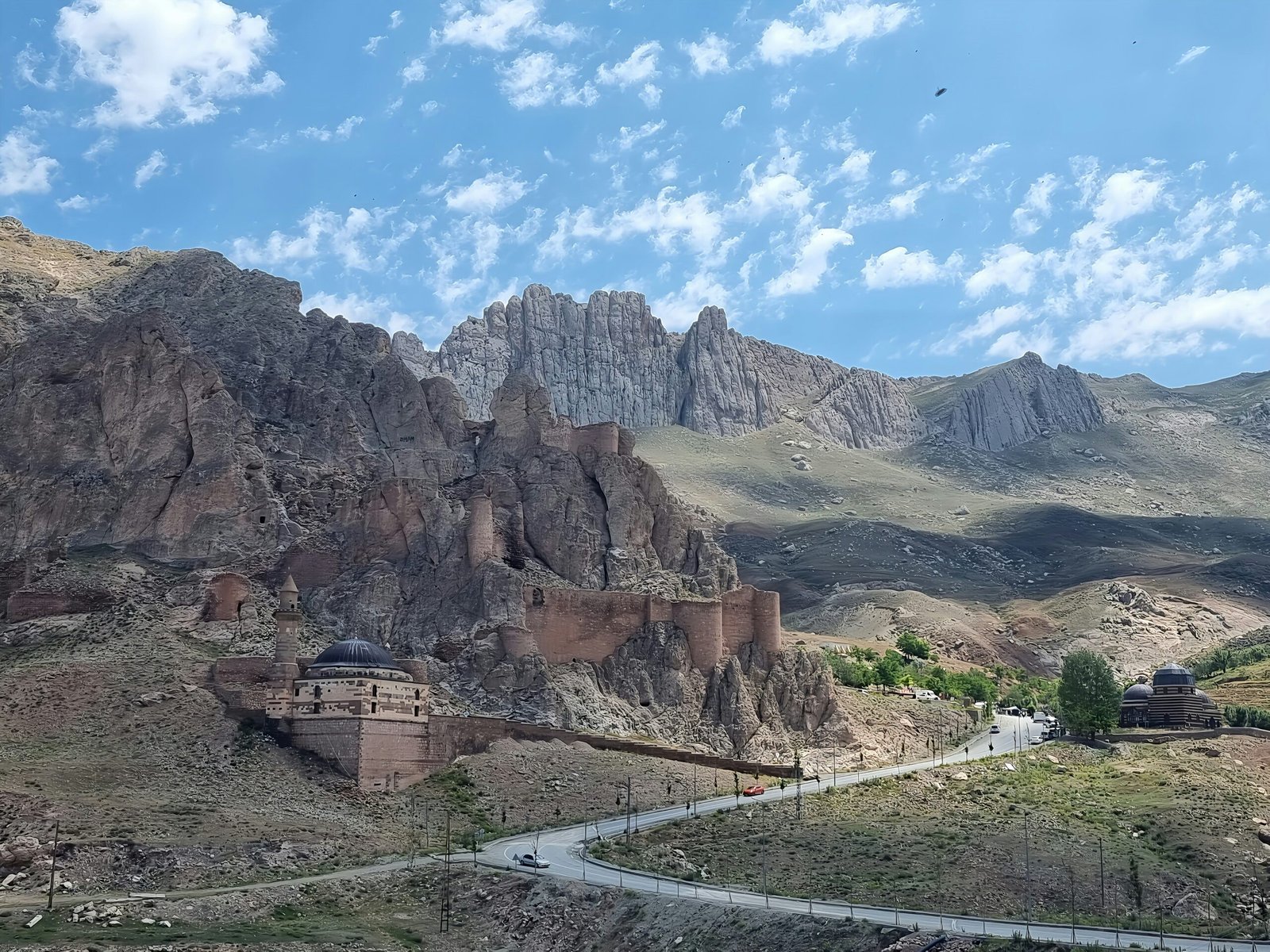Introduction to UNESCO World Heritage Sites
The UNESCO World Heritage Sites serve as a testament to the rich tapestry of cultural and natural heritage found across the globe. Established under the 1972 World Heritage Convention, these sites are recognized for their exceptional universal value, reflecting the diversity of human achievement and the irreplaceable beauty of the natural world. The designation of a site as a UNESCO World Heritage Site not only highlights its significance but also plays a pivotal role in preserving it for future generations.
UNESCO employs a rigorous selection process for these sites, primarily based on ten criteria related to cultural and natural significance. These criteria encompass a range of values, including architectural excellence, archaeological importance, and outstanding natural phenomena. Each nominated site undergoes thorough evaluation by expert committees before it is officially inscribed. This meticulous approach ensures that only sites of the highest significance receive this esteemed recognition.
The impact of UNESCO World Heritage designation extends beyond mere recognition. It markedly influences local communities and tourism dynamics. The status attracts millions of visitors annually, providing essential funding for conservation efforts and local economies. This influx of tourism not only promotes awareness of cultural heritage but also fosters economic growth in regions surrounding the sites. Furthermore, the designation encourages responsible tourism practices that prioritize environmental preservation and community engagement.
In addition to economic benefits, UNESCO World Heritage Sites act as catalysts for cultural exchange. They bring together individuals from diverse backgrounds, fostering dialogue and understanding through shared experiences. This unique interaction contributes to the global appreciation of cultural diversity and the nurturing of international partnerships aimed at safeguarding these precious legacies. The global recognition of such sites allows for a renewed focus on not only their preservation but also their role in connecting humanity through shared heritage.
The Amazing Machu Picchu, Peru
Machu Picchu, one of the most renowned UNESCO World Heritage Sites, is often regarded as a symbol of the Inca Empire’s architectural brilliance and cultural richness. Nestled high in the Andes Mountains at an elevation of approximately 2,430 meters, this ancient citadel offers a unique glimpse into a civilization that thrived in harmony with nature. The strategic location of Machu Picchu not only served a ceremonial purpose but also provided defensive advantages against potential invaders.
The site showcases ingenious Incan engineering, solving the challenges posed by its mountainous terrain. The terraced fields, intricate stone structures, and sophisticated water management systems exemplify the advanced knowledge of agriculture and architecture possessed by the Incas. Noteworthy features such as the Temple of the Sun and the Intihuatana stone enhance the site’s spiritual ambiance, drawing scholars and tourists alike to uncover the mysteries of this remarkable heritage.
The rediscovery of Machu Picchu by explorer Hiram Bingham in 1911 unveiled its extraordinary significance; however, several myths surround its initial finding and function. Many believe it served as an estate for the Inca emperor Pachacuti, while others suggest it played a crucial role as a religious retreat or astronomical observatory. Visitors to Machu Picchu experience breathtaking vistas that foster a deep connection with ancient history, yet accessibility can be an obstacle. Travelers often embark on a trek through the Inca Trail or utilize rail services, both allowing for varied experiences along the journey to the site.
Conservation efforts are vital to preserving Machu Picchu’s integrity amidst increasing tourist traffic. Initiatives focused on sustainable tourism aim to protect the site while allowing future generations to marvel at its beauty and significance. Through ongoing protective measures and educational programs, the aim is to ensure this majestic Incan city continues to inspire awe and appreciation for years to come.
Exploring the Great Barrier Reef, Australia
The Great Barrier Reef, one of the most iconic UNESCO World Heritage Sites, is renowned for its unparalleled biodiversity and breathtaking natural beauty. Stretching over 2,300 kilometers along the northeastern coast of Australia, this extensive coral reef system is home to a staggering array of marine life, including over 1,500 species of fish, 400 species of coral, and countless invertebrates. This vibrant ecosystem holds immense ecological importance, functioning as a crucial habitat for marine species and a protective barrier for coastal regions.
Coral reefs, such as the Great Barrier Reef, play a vital role in the marine environment. They provide essential services including supporting marine biodiversity, acting as natural barriers against storm surges, and contributing to carbon and nutrient cycling. However, these ecosystems are currently under threat due to climate change, pollution, and other human activities. Global efforts are being made to combat these issues, including research initiatives, conservation programs, and sustainable tourism practices aimed at protecting this delicate marine environment.
Visitors to the Great Barrier Reef can engage in a variety of activities that allow them to appreciate its immense beauty and ecological significance. Snorkeling and scuba diving are among the most popular ways to experience the reef, providing an up-close view of the diverse marine life and intricate underwater landscapes. Additionally, boat tours and glass-bottomed boat rides offer accessibility to those who may prefer to observe the reef from above water. These immersive experiences not only allow visitors to witness the magnificence of the reef but also to foster a deeper understanding of the vital role it plays in ocean health.
In conclusion, the Great Barrier Reef is a natural wonder that captivates millions and highlights the importance of preserving vulnerable ecosystems. Through continued efforts in conservation and sustainable practices, we can ensure this World Heritage Site remains a thriving habitat for generations to come.
The Enigmatic Stonehenge, England
Stonehenge, a renowned prehistoric monument located in Wiltshire, England, stands as one of the most iconic World Heritage Sites. This remarkable structure, composed of a circular arrangement of large stones, has captivated researchers, historians, and visitors alike with its enigmatic origins and purpose. The dating of Stonehenge suggests it was constructed around 3000 BC to 2000 BC, marking a significant period in Neolithic culture. Despite its grandeur, many aspects of Stonehenge remain shrouded in mystery, leading to a plethora of theories regarding its function, ranging from a celestial observatory to a religious site or even a grand burial ground.
Archaeological findings over the years have provided insights into the lives of the people who built Stonehenge, indicating that it may have served as a focal point for rituals and gatherings. Excavations around the site have unearthed a variety of artifacts, including pottery and tools, which highlight the sophisticated craftsmanship and spiritual significance attributed to this monumental construct. These discoveries underscore the importance of Stonehenge in understanding the social and cultural dynamics of Neolithic society.
With its profound historical significance, Stonehenge attracts more than a million visitors each year, eager to experience this UNESCO World Heritage Site firsthand. The site’s management has implemented measures to preserve its integrity while accommodating the influx of tourists. Stonehenge not only symbolizes the rich heritage of England but also offers a window into prehistoric human ingenuity and communal identity. The continued interest in Stonehenge, from scholars to casual tourists, ensures that its mysteries will be explored for generations to come.


